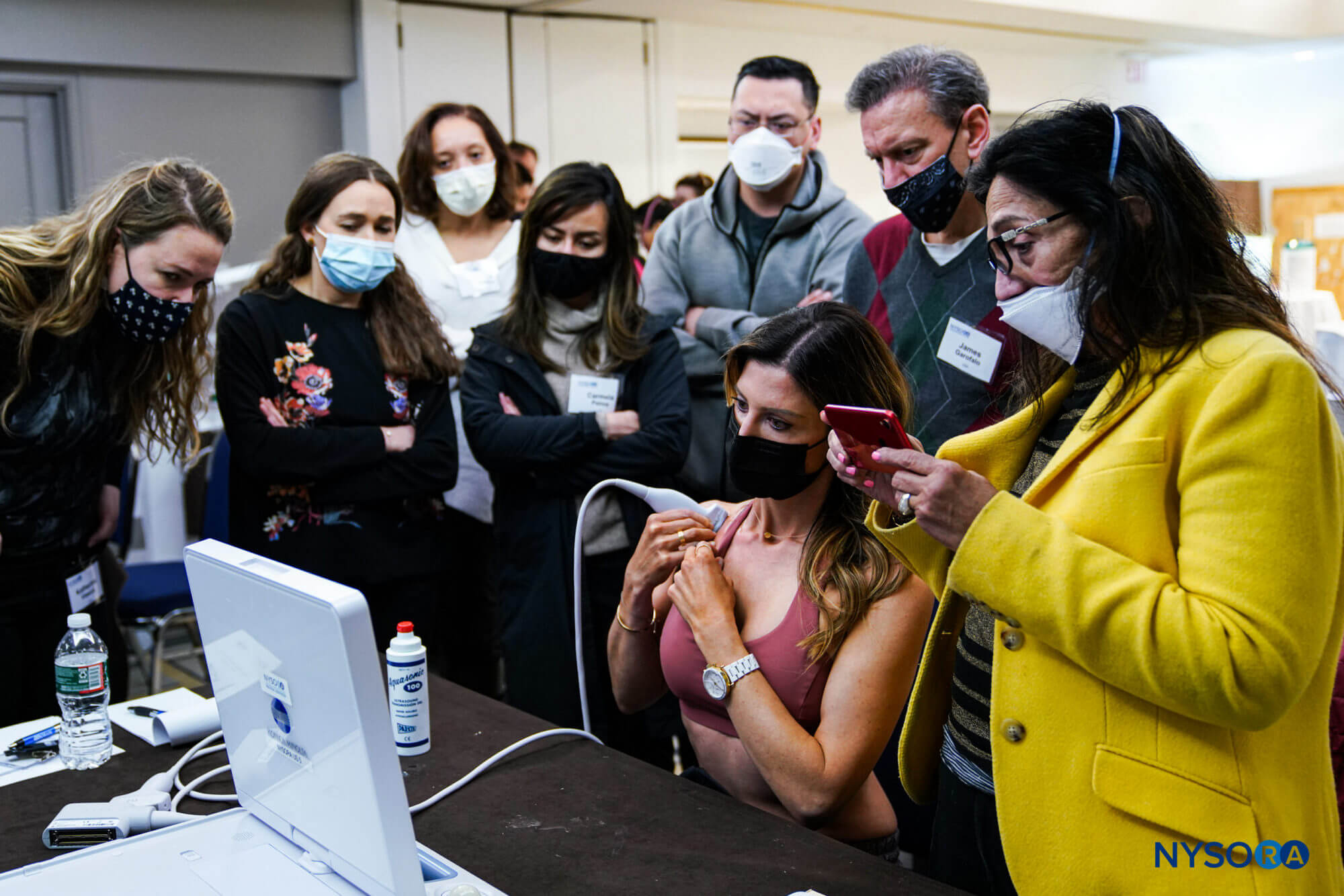Making optimum use of available healthcare resources is an essential part of delivering effective and timely services, treating patients and balancing budgets. Providers worldwide, to varying degrees, are experiencing reductions in the availability of nursing staff. The WHO has reported that the world does not have global nursing workforce commensurate with the universal health coverage, with an estimated global shortage of six million nurses. The same report highlights how nursing accounts for 59% of health professionals. Nurses are critical to healthcare delivery meaning reductions in workforce levels will affect all aspects of healthcare.
Strategies at macro and micro levels to address the nursing shortage will take varying degrees of time to make an impact. New medical technologies can be one element that can help reduce the demand on staff availability, especially where they reduce the need for health professional involvement. A new technology that has this affect and is helping to make regional anesthesia procedures, traditionally requiring two operators, into a single clinician controlled process, is the innovative SAFIRA® system.
Regional Anesthesia (RA) procedures typically require two operators – an anesthesiologist/CRNA and a nurse who operates the syringe to inject the local anesthetic. The SAFIRA® system supports effective application of resources by enabling the clinician to take full control of the injection process, freeing up the nursing staff for their other critical tasks.
Enabling the clinician to control all aspects of the regional anesthesia injection themselves frees up the valuable nursing expertise for other key tasks, such as comprehensive patient checks and monitoring and assisting with the set-up of critical devices. Requiring an assistant for injection during RA means that valuable expertise is diverted away from such critical roles. The SAFIRA® system removes this need by placing control of the injection firmly and solely in the hands of the clinician.
Using either a foot pedal or palm operator controller, the clinician uses the SAFIRA® system to inject the local anesthetic themselves while still being able to hold the ultrasound probe and the needle. There is no longer any requirement to ask an assistant to make the subjective decision if the pressure feels safe to inject, as SAFIRA® limits injection pressure to less than 20psi by automatically stopping. Making the peripheral nerve block process into a single person procedure also has the potential to save time.
On occasions when there may be staffing level challenges, or staff have been redeployed to other areas, having a single operator RA process means that the need to find a suitable assistant is removed. The nerve block procedure can be carried out as planned by a single clinician using the SAFIRA® system. As anesthesia workloads increase, resources and their effective application will increasingly be in the spotlight.
[1] WHO report, “State of the World’s Nursing 2020” 9789240003293-eng.pdf (who.int)
[1] Global nurse shortages—the facts, the impact and action for change | Oxford Academic (oup.com)








